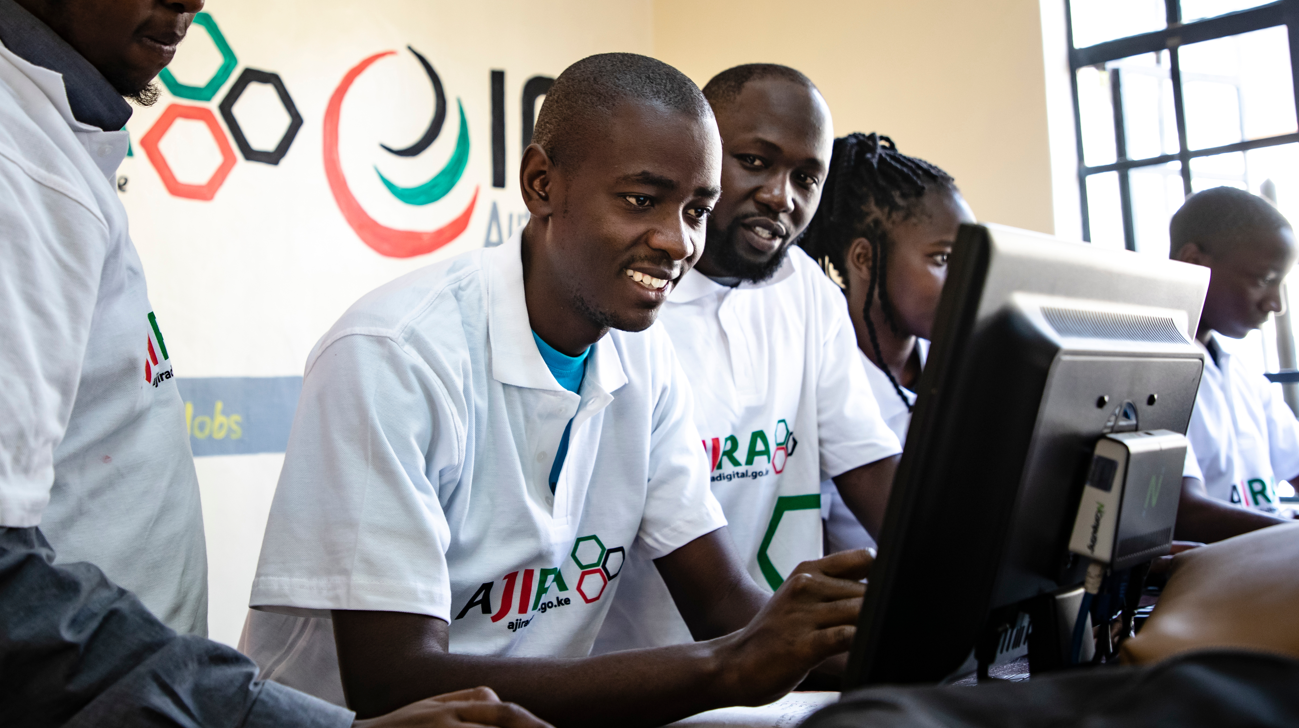Given the strong interactions between domestic debt and the broader economy, policymakers must carefully weigh its associated trade-offs while determining the optimal debt structure to minimize chances of domestic debt default.
- Home
- Monthly Briefing On The World Economic Situation and Prospects
 Welcome to the United Nations
Welcome to the United Nations
